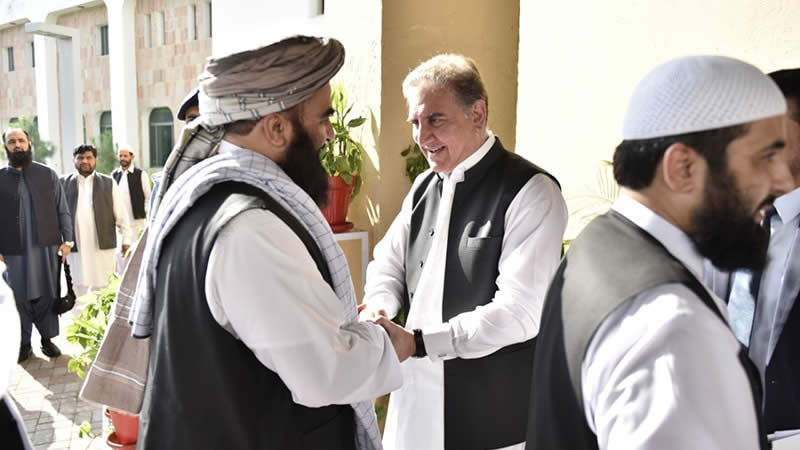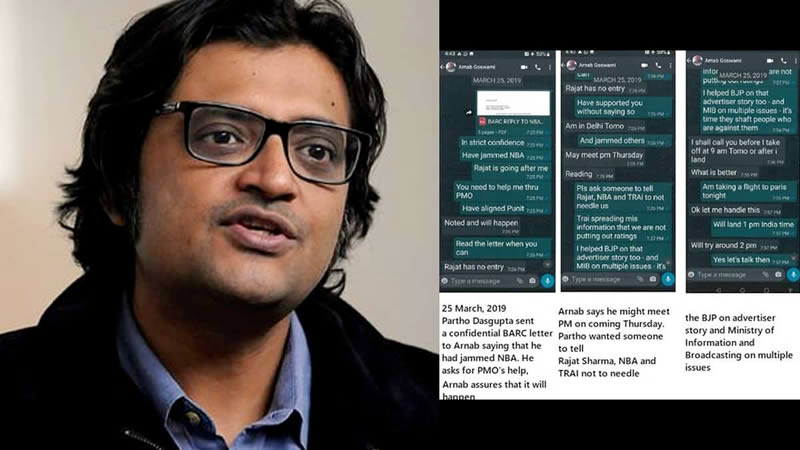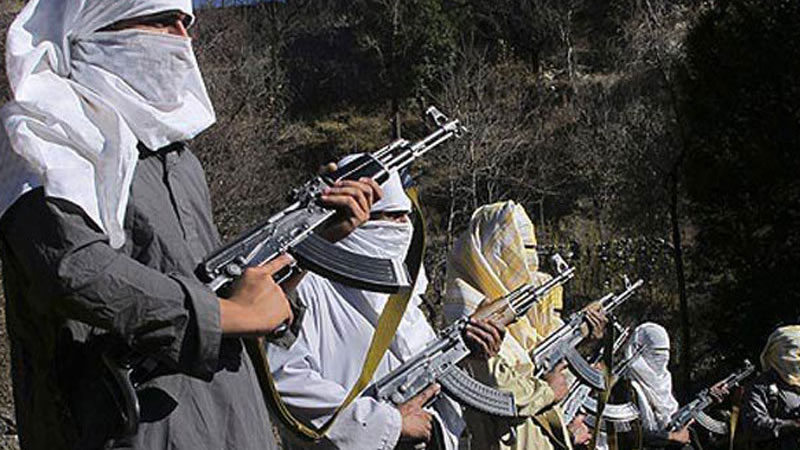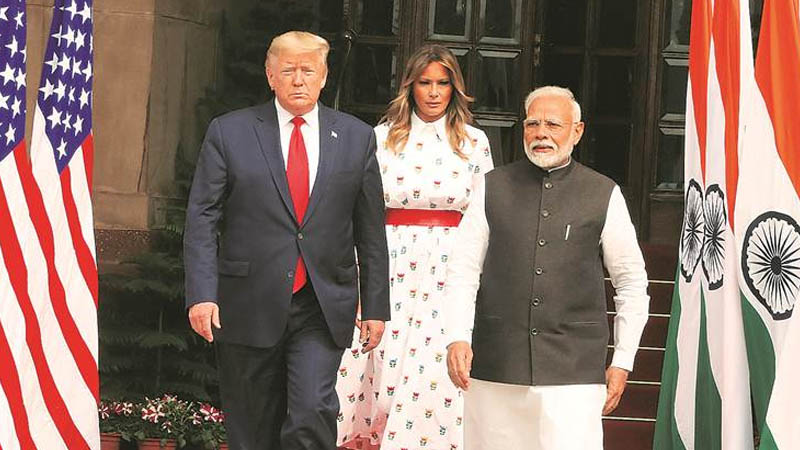 Budget making has never been an easy business in Pakistan. Given the enormity of problems presently facing the economy, the exercise indeed became a profoundly arduous task this year. Only a day earlier, Economic Survey 2010-11 presented a grim picture of country’s economy.
Budget making has never been an easy business in Pakistan. Given the enormity of problems presently facing the economy, the exercise indeed became a profoundly arduous task this year. Only a day earlier, Economic Survey 2010-11 presented a grim picture of country’s economy.
It has revealed that GDP growth rate has nose-dived to 2.4 percent during FY11; there has been no increase in per capita income; fiscal deficit stands at nearly 6 percent of GDP; inflation still shows stubbornness at about 14 percent, government borrowings from the banking system continue to contribute to the high incidence of excessive liquidity in economy; national savings present a declining trend; and total investment dwindles to an abysmally low level to negate any hope of change at least in short-term.
The only saving grace, however, is a considerable improvement in the external sector of the economy, but it has been driven primarily by a sharp increase in the unit prices of the country’s exports and record remittances received during the year. Both these factors could prove to be transitory in nature. While the overall economy is in a bad shape, there is a backlog of problems – new ones and those this government has inherited, which would need to be tackled to restore macroeconomic stability and put the economy on a sustainable path of growth.
Electricity and gas shortages, highly fragile security environment, insolvent public sector enterprises and a serious lack of proper co-ordination among the major political parties to articulate a roadmap for the country’s economic future are only some of the key challenges that continue to pose a serious challenge to the health the economy.
Last but not the least, the IMF had to be taken on board to sustain the flow of foreign resources for budgetary support and foreign investment. In a difficult environment like this, the budget has to be judged on several criteria such as its capacity to confront the problems head on and restore macro-economic stability in order to provide a platform for generating growth, creating jobs and improving the quality of life of ordinary people.
On the face of it, Federal Finance Minister Dr Abdul Hafeez Sheikh, who was greeted by a rowdy opposition in the National Assembly seems to have done a reasonably good job by crossing the dots carefully and providing the necessary framework to lessen the existing pressures on economy. The primary focus of the budget is to narrow the fiscal deficit to 4 percent of GDP by mobilising higher level of resources with a view to laying a solid foundation for a sustainable growth with monetary stability.
The most crucial target of the budget for FY12 is to reduce the budget deficit to 4 percent of GDP which, among other efforts, is sought to be achieved through withdrawal of exemptions and abolition of zero-rating of GST – netting an additional income of Rs 81 billion, and yielding another Rs 50 billion through strengthening administrative measures.
Aggregate deficit of Rs 850 billion will be financed largely by inflows of external resources amounting to Rs 413.9 billion and resorting to bank borrowings for budgetary support to the extent of Rs 303.5 billion. Such a framework is expected to release more resources for the private sector, revive growth impulses in economy and bring the rate of inflation down to a single digit in the medium-term, if not in FY12.
Whether adequate policies have been put in place to achieve the desired targets or the ground realities permit to target such goals is a million dollar question which could only be answered as the year progresses. But the budget documents seem to contain some estimates based on highly over-optimistic assumptions.
For instance, a highly warranted increase of only Rs 50 billion in defence spending as the country is fighting a major insurgency, which is not going to ease anytime soon, a sharp increase of about Rs 125 billion in external resources to finance the budget and additional mobilisation of Rs 50 billion by plugging the existing loopholes when our tax machinery is notoriously weak and inefficient are some of the goals which are definitely hard to achieve.
The cost of such over-optimistic assumptions has to be borne by the monetary policy in the form of reduced credit to the productive sectors of economy and printing of more currency notes during the course of the year which would ultimately fuel inflationary pressures. Surprisingly, the Finance Minister has not obtained commitments from the provincial governments to make efforts towards mobilising resources. So, his assumption that the provinces would be generating Rs.125 billion surplus appears to be highly unrealistic.
The Finance Minister has kept his promise not to raise tax rates for revenue enhancement and instead pursue a tax reform agenda by broadening the tax base through identification of 2.3 million potential taxpayers who do not pay any tax.
Improved tax compliance through proper monitoring and strict enforcement is required to bring both non-filers and short filers into the tax net. Most of the proposals made by Securities and Exchange Commission of Pakistan, except for suspension of capital gains tax, have been incorporated. Allowing tax credit for import of plant, machinery and equipment worth 100 percent equity devoid of any debt is an innovative, but creative step.
Tax collection of Rs 162 billion in May has given the finance minister the much-needed confidence that the Federal Board of Revenue will meet its present year’s target of Rs 1588 billion if it maintains the momentum of revising demand against short deduction and non-deduction of withholding tax. Rs 20 billion on this score has been detected in audit of banks alone.
The PPP-led coalition appears to be planning to go for elections within this financial year as it has refrained from shifting the emphasis from final tax regime to declaration tax regime in case of exporters, importers, property dealers and contractors.
Coming to individual proposed measures, salaries of government servants have been increased by 15 percent along with certain other adjustments while a raise of 15 to 20 percent has been allowed in pensions. Last year also, government employees were given a hefty 50 percent hike. This measure may cost the exchequer Rs.15 billion by the end of FY11. Private sector employees would feel more deprived and there would be added pressure on the corporate sector to increase their salary bills. Also, provincial governments would now be under a kind of compulsion to increase the salaries and pensions of their employees correspondingly.
Raising the tax-free limit from Rs.0.3 million to Rs.0.35 million and the threshold of wealth statements from Rs.0.5 million to Rs.1 million is appropriate in view of a high rate of inflation in the economy. This is also important to check harassment and introduce and strengthen a culture of compliance.
The reduction of fee for cash withdrawals from banks exceeding Rs.25,000 from 0.3 percent to 0.2 percent is also very much warranted to inculcate banking habit among ordinary savers, help documentation and encourage savings. Such a step is indeed direly needed when the real rate of return of deposits was negative.
The Finance Minister has rightly resisted the calls to impose wealth tax or present it in the garb of minimum asset tax on high net worth individuals. This would have been received by a certain section of taxpayers as a regressive step. Income not wealth created from tax paid savings need not be taxed. Similarly, not raising the tax rate of banks would have meant a negation of the commitment not to raise the tax rates.
Allowing both residents and non-residents to invest in government securities in a final tax regime of 10 percent will bring investment in these investments at par with CDNS schemes. Monetization of conveyance allowances of grade 21 and 22 bureaucrats is a step in the right direction. It needs the introduction of a framework which be carried forward towards other perks such as housing and domestic staff.
The major tax effort is proposed to be mounted by removal of selected exemptions and zero-ratings under GST, commitment from cigarette manufacturers to give Rs.9.5 billion more in FEDs. Maintaining the rate of sales tax at 19 percent for commercial importers for revenue enhancement.
There could hardly be any opposition to these measures, particularly when the original version of GST as proposed by the IMF or the RGST was opposed tooth and nail by most of the parliamentarians and there was no way out for the government to increase the revenues by a significant margin.
Abolition of special excise duty and regulatory duty on most of the items is aimed at reducing smuggling. Overall, the budget seems to be based on over-optimistic assumptions, is largely devoid of extra-ordinary efforts needed urgently to raise enough domestic revenues and reduce dependence on outside sources of finance and has deliberately avoided confronting those sections of society that need to contribute to the government exchequer in accordance with their income with a fervent hope of provincial government taxing them.
The fear is that such a policy continued over a long period of time could be very harmful for the economy and greatly add to the miseries of the common people in the not too distant future by increasing the present high rate of inflation and reducing allocations for PSDP. Unless it is realised that after the passage of the 18th Amendment now we have fragmentation of resources and responsibilities.
We, therefore, require to use the forum of Council of Common Interest and National Economic Council – for planning of collective resources and expenditure with strict monitoring. We need to fix responsibility for all three tiers of the government. Pakistan needs to follow the example set by countries operating in a federal setup in which the centre, federating units and local governments work in tandem for efficient delivery of services to their people – Brecorder












